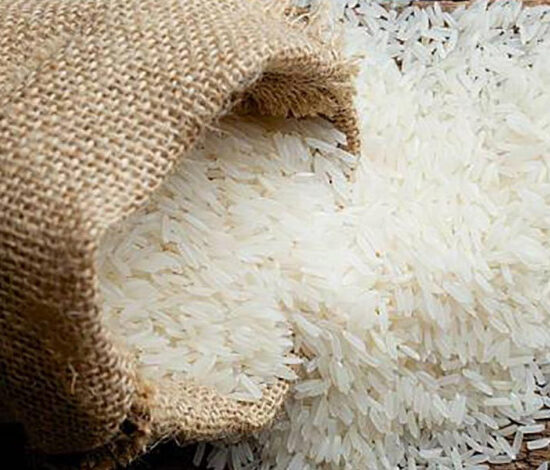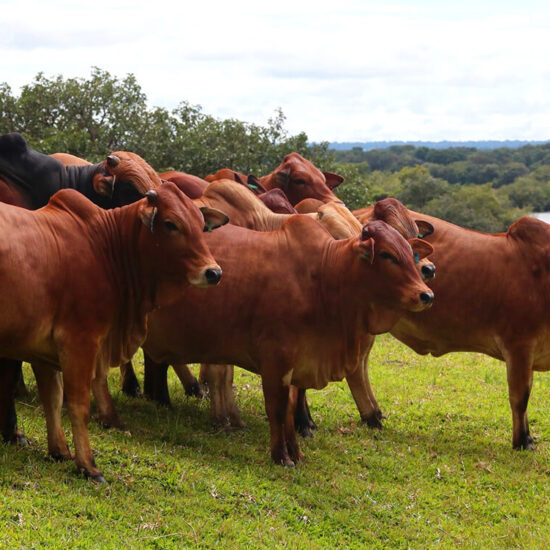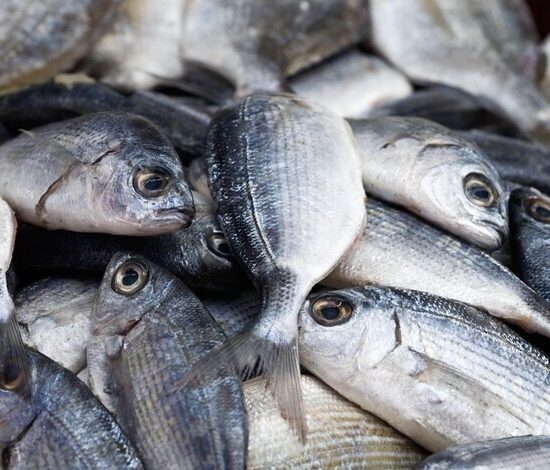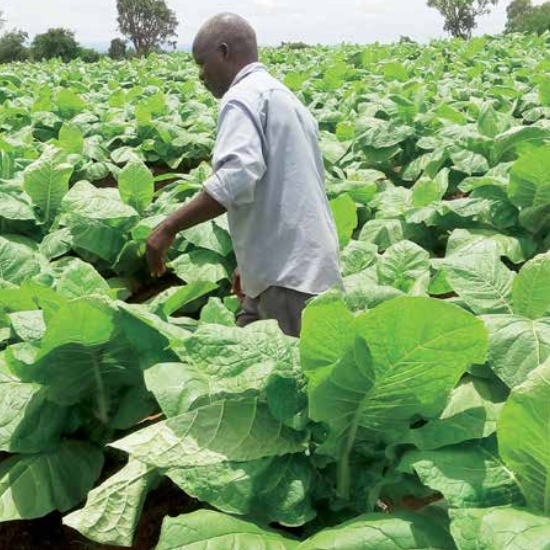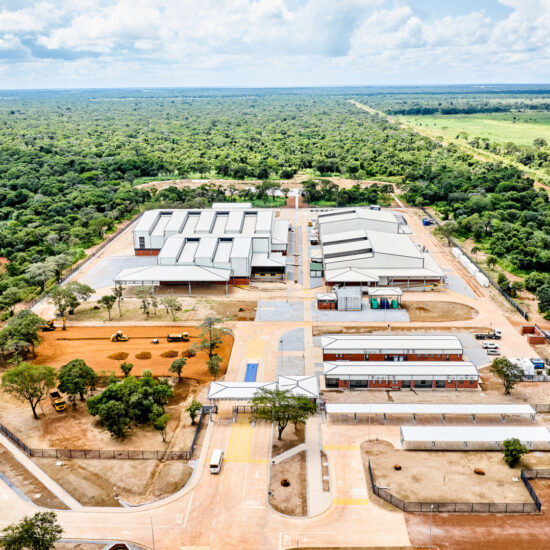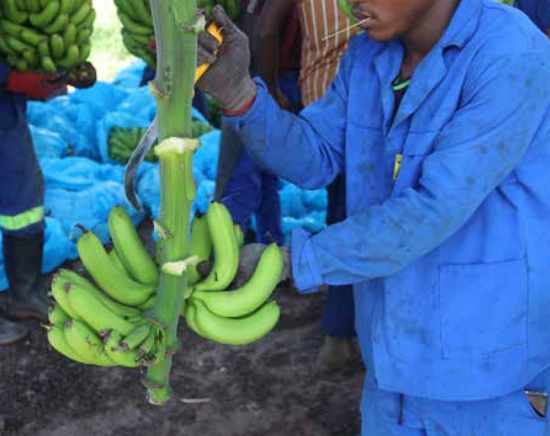
Despite increased offloading of animals due to the severe drought in the country, the price of T-bone and other premium meat cuts has surged, according to the latest ZAMSTATS report. The annual inflation for T-bone currently stands at 9%, indicating a significant increase in prices.
Speaking in an exclusive interview with the Zambian Business Times (ZBT), the Agriculture Institute of Zambia Registrar highlighted the challenges faced by farmers, including reduced quality and weight of animals due to a lack of good nutrition. The drought has significantly affected the availability of high-quality feed, leading to cattle losing weight and producing less meat, thereby reducing the meat yield from each animal and impacting the supply of quality beef cuts like T-bone.
Despite the increased offloading of cattle, high costs for supplementary feed, water, and veterinary care are being passed on to consumers through higher meat prices. The drought-induced offloading has the potential to disrupt the normal supply chain, leading to inefficiencies that affect meat prices.
To address these challenges, the Registrar emphasized the need for feed efficiency strategies, improved animal health practices, and proper veterinary services to increase the supply of premium cattle and potentially stabilize prices.
Exploring local sourcing of cattle and implementing energy efficiency measures in processing plants has also been highlighted as potential solutions to reduce input costs and improve value chain efficiency.
He added that promoting alternative cuts of meat that offer high quality but are more affordable could help manage the demand for premium cuts like T-bone without driving prices higher.
“Drought affected the availability of good-quality feed, leading to cattle losing weight and producing less meat hence reducing the meat yield from each animal and reducing supply in terms of quality beef cuts like T-bone.” He said
Ngosa added that despite having more for slaughter, farmers still face high costs for supplementary feed, water, and veterinary care stating that these costs are therefore being passed on to consumers through higher meat prices.
“The drought-induced offloading has potential to disrupt the normal supply chain, leading to inefficiencies that affect meat prices.” He stated.
“Abattoirs and meat processors should explore energy efficiency measures in processing plants to reduce overheads, while improving value chain efficiency. If demand for premium cuts like T-bone has outpaced supply, to avoid driving prices higher, there should be promotion of alternative cuts of meat which are cheaper but still offer high quality.” He said.


